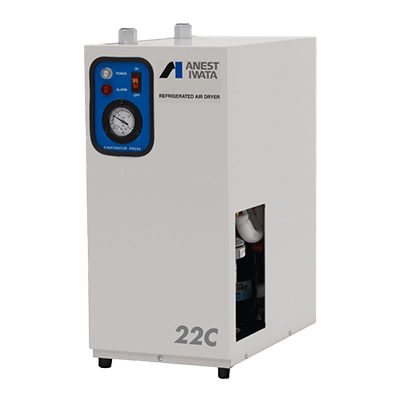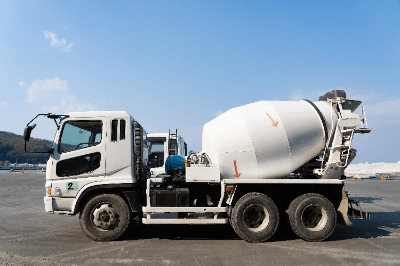What Is Aluminum Heat Treatment?
Aluminum heat treatment is the process of thermally treating aluminum to alter its properties. It involves heating the metal below its melting point, followed by controlled cooling or other methods to enhance its characteristics. This treatment is applied to aluminum alloys, and the optimal process varies depending on the alloy’s heat-treatability.
Uses of Aluminum Heat Treatment
Aluminum is known for its light weight, excellent workability, corrosion resistance, and thermal and electrical conductivity. However, it also has drawbacks like low strength and susceptibility to deformation and low heat resistance. Heat treatment is performed to exploit aluminum’s strengths, mitigate its weaknesses, and adapt it for specific uses.
Principles and Types of Aluminum Heat Treatment
Aluminum heat treatment encompasses several methods, each with its own principles:
1. Solution Heat Treatment
This process dissolves alloying elements into the aluminum by heating it, incorporating them into the aluminum atomic structure.
2. Quenching
Quenching rapidly cools the heated metal to maintain its high-temperature state at room temperature. This preserves the arrangement of aluminum atoms, retaining high-temperature properties.
3. Aging Heat Treatment
Aging treatment strengthens aluminum by precipitating added elements and stopping the movement of aluminum atoms. It includes natural aging and artificial aging.
4. Annealing
Annealing heats the aluminum alloy, aligning atoms correctly and forming new crystals, making the metal soft and easier to process.
Other Information on Aluminum Heat Treatment
Superplasticity of Aluminum Alloys
Aluminum alloy tempering includes work-related tempering and heat treatment-related tempering. Heat-treatable alloys benefit significantly from treatments like T6, while non-heat-treatable alloys do not. Stretching alloys, casting, and die-casting alloys are categorized as heat-treatable or non-heat-treatable. Common aging heat treatments include T4, T5, and T6.


